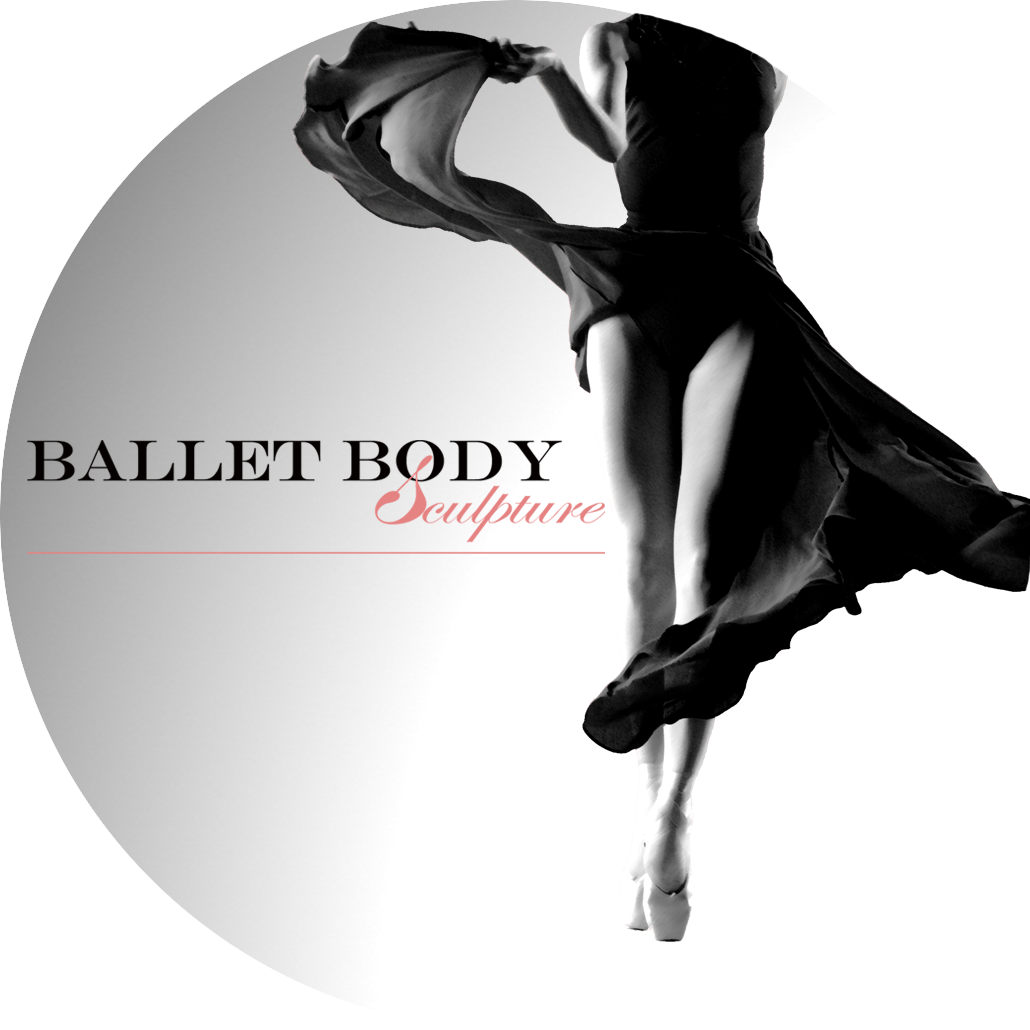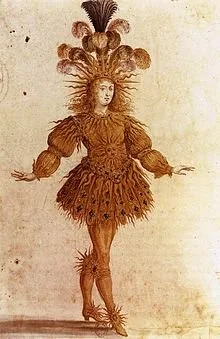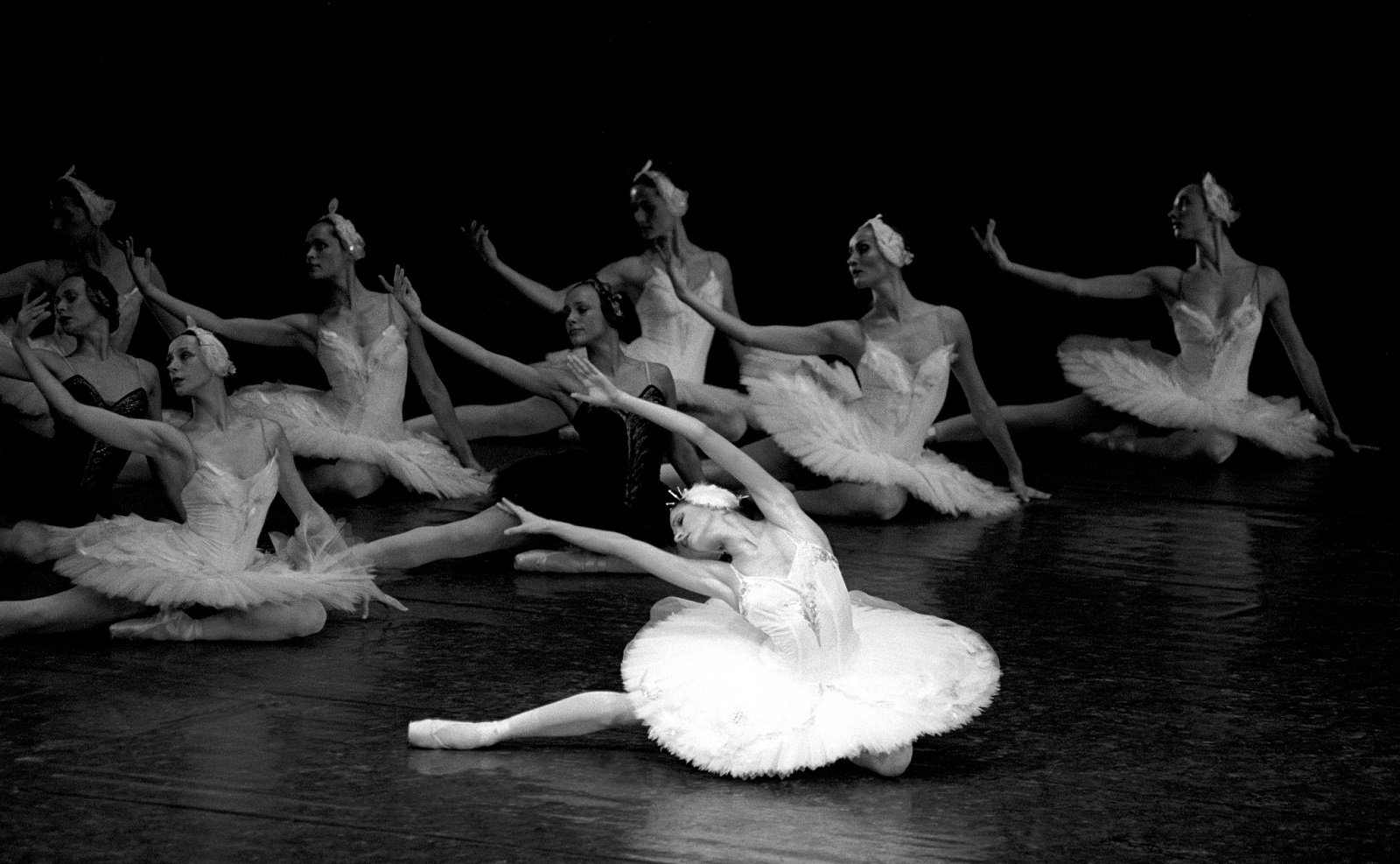A Brief History of Ballet
We all know that ballet is a beautiful art, practicing it as a form of exercise brings you closer to explore your own artistry, inspires aspiration, an sense of confidence, as well as overall harmony. Let’s take a closer look into a brief ballet history and its origins, from the 15th-century Italian renaissance courts to what ballet dance looks like in the 21st century.
Origin of Ballet
King Louis XIV in Ballet de la nuit, 1653. Source: Wikipedia
Ballet originated in the Italian Renaissance courts of the 15th century. Noblemen and women were treated to lavish events, especially wedding celebrations, where dancing and music created an elaborate spectacle. Dancing masters taught the steps to the nobility, and the court participated in the performances. In the 16th century, Catherine de Medici — an Italian noblewoman, wife of King Henry II of France and a great patron of the arts — began to fund ballet in the French court. Her elaborate festivals encouraged the growth of ballet de cour, a program that included dance, decor, costume, song, music and poetry. A century later, King Louis XIV helped to popularize and standardize the art form. A passionate dancer, he performed many roles himself, including that of the Sun King in Ballet de la nuit. His love of ballet fostered its elevation from a past time for amateurs to an endeavor requiring professional training.
By 1661, a dance academy had opened in Paris, and in 1681 ballet moved from the courts to the stage. The French opera Le Triomphe de l’Amour incorporated ballet elements, creating a long-standing opera-ballet tradition in France. By the mid-1700s French ballet master Jean Georges Noverre rebelled against the artifice of opera-ballet, believing that ballet could stand on its own as an art form. His notions — that ballet should contain expressive, dramatic movement that should reveal the relationships between characters — introduced the ballet d’action, a dramatic style of ballet that conveys a narrative. Noverre’s work is considered the precursor to the narrative ballets of the 19th century.
The 19th Century
Carlotta Grisi, wearing a romantic tutu, as Giselle, 1841. Source: Wikipedia
Early classical ballets such as Giselle and La Sylphide were created during the Romantic Movement in the first half of the 19th century. This movement influenced art, music and ballet. It was concerned with the supernatural world of spirits and magic and often showed women as passive and fragile. These themes are reflected in the ballets of the time and are called romantic ballets. This is also the period of time when dancing on the tips of the toes, known as pointe work, became the norm for the ballerina. The romantic tutu, a calf-length, full skirt made of tulle, was introduced.
Julia Erickson & Robert Moore in PBT’s Swan Lake. Photo: Rich Sofranko
The popularity of ballet soared in Russia, and, during the latter half of the 19th century, Russian choreographers and composers took it to new heights. Marius Petipa’s The Nutcracker, The Sleeping Beauty and Swan Lake, by Petipa and Lev Ivanov, represent classical ballet in its grandest form. The main purpose was to display classical technique — pointe work, high extensions, precision of movement and turn-out (the outward rotation of the legs from the hip)—to the fullest. Complicated sequences that show off demanding steps, leaps and turns were choreographed into the story. The classical tutu, much shorter and stiffer than the romantic tutu, was introduced at this time to reveal a ballerina’s legs and the difficulty of her movements and footwork.
Ballet Today
Julia Erickson & Robert Moore in Balanchine’s Agon. Photo: Rich Sofranko
In the early part of the 20th century, Russian choreographers Sergei Diaghilev and Michel Fokine began to experiment with movement and costume, moving beyond the confines of classical ballet form and story. Diaghilev collaborated with composer Igor Stravinsky on the ballet The Rite of Spring, a work so different —with its dissonant music, its story of human sacrifice and its unfamiliar movements — that it caused the audience to riot. Choreographer and New York City Ballet founder George Balanchine, a Russian who emigrated to America, would change ballet even further. He introduced what is now known as neo-classical ballet, an expansion on the classical form. He also is considered by many to be the greatest innovator of the contemporary “plotless” ballet. With no definite story line, its purpose is to use movement to express the music and to illuminate human emotion and endeavor. Today, ballet is multi-faceted. Classical forms, traditional stories and contemporary choreographic innovations intertwine to produce the character of modern ballet.
What’s Next?
Would you like to give a try to learn those beautiful steps and moves from the professional ballerinas at our classes? We look forward to seeing you at our Ballet Basics & Swan Lake inspired Ballet Workshop! To register, click HERE
See you there! Xoxo
Source: pbt.org/





